My current playlist is this diorama of Lulu the Piggy channeling Tupac Shakur in a toy vending machine in the basement of New World Mall in Flushing Chinatown.

rebel with rather too many causes
My current playlist is this diorama of Lulu the Piggy channeling Tupac Shakur in a toy vending machine in the basement of New World Mall in Flushing Chinatown.

A concerned nutritional epidemiologist in Tokyo realizes that if you are what you eat, that means…

It’s a similar situation in Seoul, albeit with less oil and more confidence.

I realize that because I have several chairs, the phrase “my chair” is ambiguous. To reduce confusion, I will refer to the head of my academic department as “my office chair” going forward.

The Wikipedia article on antipopes can be pretty confusing! If you’d like to be even more confused, it can help with that!
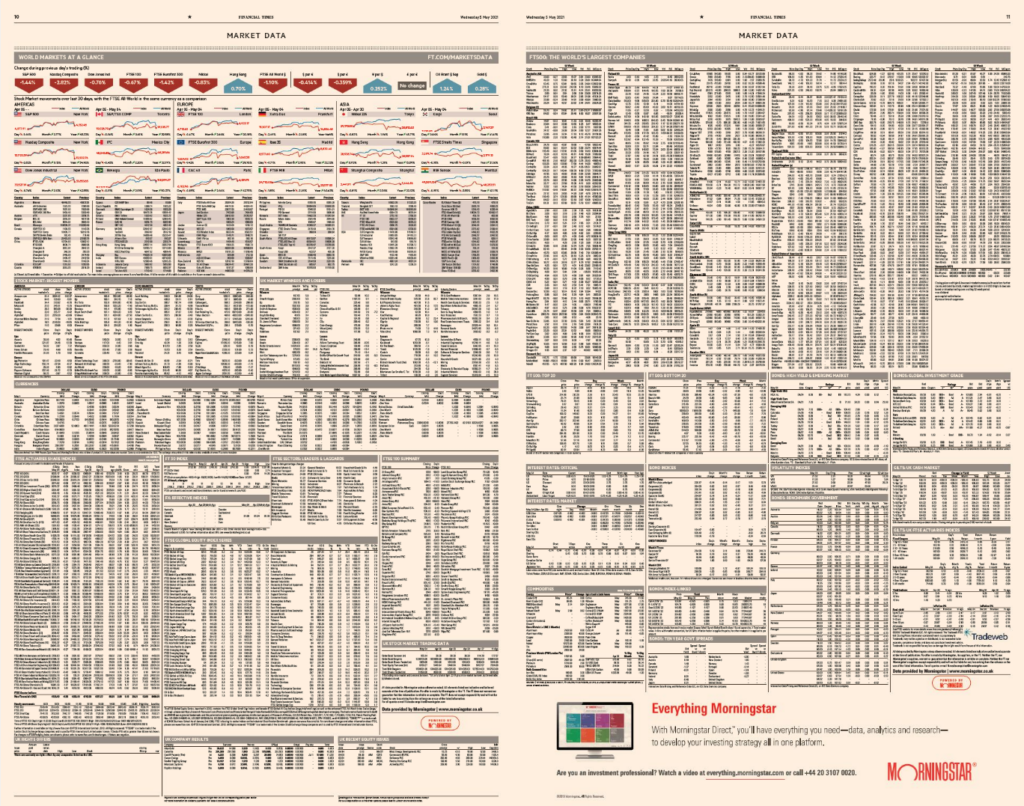
If you’ve flipped through printed broadsheet newspapers, you’ve probably seen pages full of tiny text listing prices and other market information for stocks and commodities. And you’ve almost certainly just turned the page. Anybody interested in this market prices today will turn to the internet where these numbers are available in real time and where you don’t need to squint to find what you need. This is presumably why many newspapers have stopped printing these types of pages or dramatically reduced the space devoted to them. Major financial newspapers however—like the Financial Times (FT)—still print multiple pages of market data daily. But does anybody read them?
The answer appears to be “no.” How do I know? I noticed an error in the FT‘s “Market Data” page that anybody looking in the relevant section of the page would have seen. And I have seen it reproduced every single day for the last 18 months.
In early May last year, I noticed that the Japanese telecom giant Nippon Telegraph and Telephone (NTT) was listed twice on the FT‘s list of the 500 largest global companies: once as “Nippon T&T” and also as “Nippon TT.” One right above the other. All the numbers are identical. Clearly a mistake.
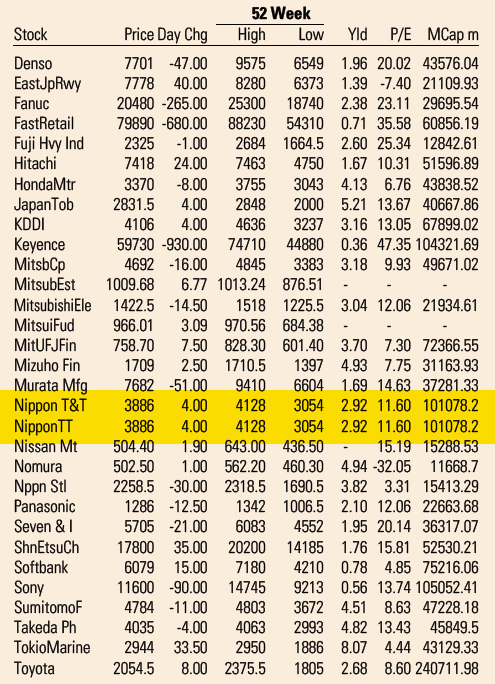
Wondering if it was a one-off error, I looked at a copy of the paper from about a week before and saw that the error did not exist then. I looked at a copy from one day before and saw that it did. Since the issue was apparently recurring, but new at the time, I figured someone at the paper would notice and fix it quickly. I was wrong. It has been 18 months now and the error has been reproduced every single day.
Looking through the archives, it seems that the first day the error showed up was May 5, 2021. I’ve included a screenshot from the electronic paper version from that day—and from the fifth of every month since then (or the sixth if the paper was not printed on the fifth)—that shows that the error is reproduced every day. A quick look in the archives suggests it not only appears in the US edition but also in the UK, European, Asian, and Middle East editions. All of them.
Why does this matter? The FT prints over 112,000 copies of its paper, six days a week. This duplicate line takes up almost no space, of course, so it’s not a big deal on its own. But devoting two full broadsheet pages to market data that is out date as soon as it is printed—much of which nobody appears to be reading—doesn’t seem like a great use of resources. There’s an argument to made that papers like the FT print these pages not because they are useful but because doing so is a signal of the publications’ identities as serious financial papers. But that hardly seems like a good enough reason on its own if nobody is looking at them. It seems well past time for newspapers to stop wasting paper and ink on these pages.
I respect that some people think that printing paper newspapers at all is wasteful when one can just read the material online. Plenty of people disagree, of course. But who will disagree with a call to stop printing material that evidence suggests is not being seen by anybody? If an error this obvious can exist for so long, it seems clear that nobody—not even anybody at the FT itself—is reading it.
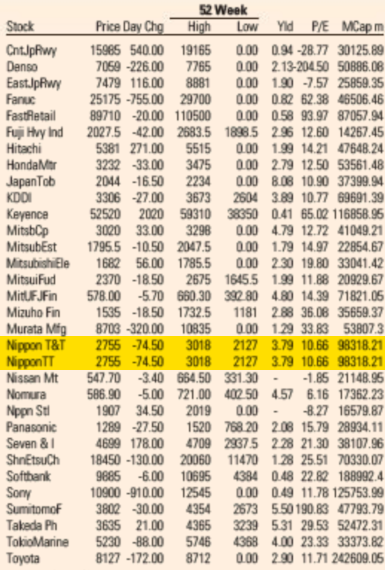
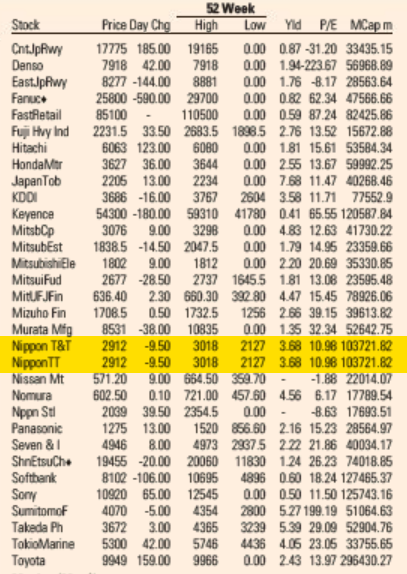
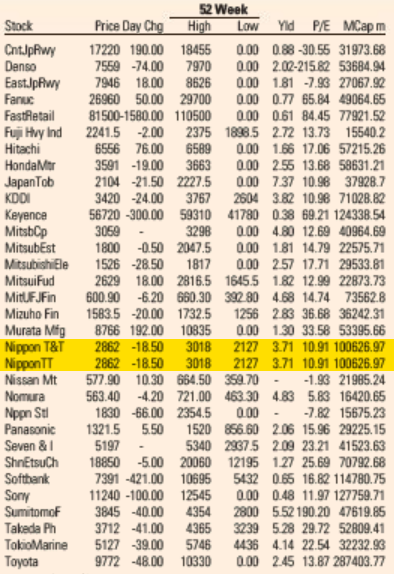
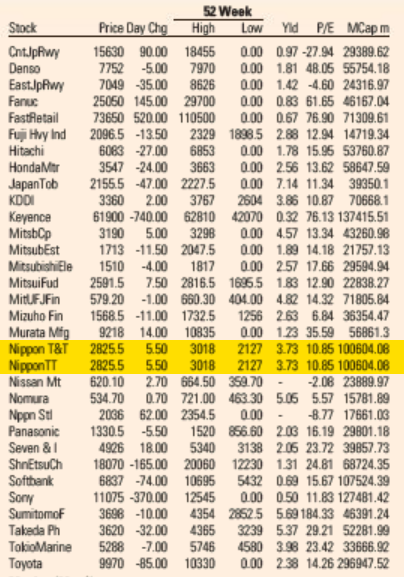
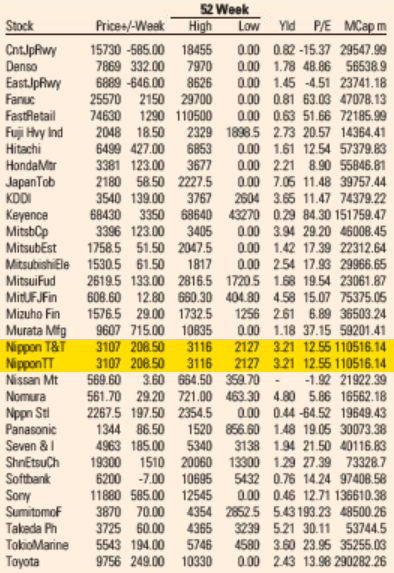
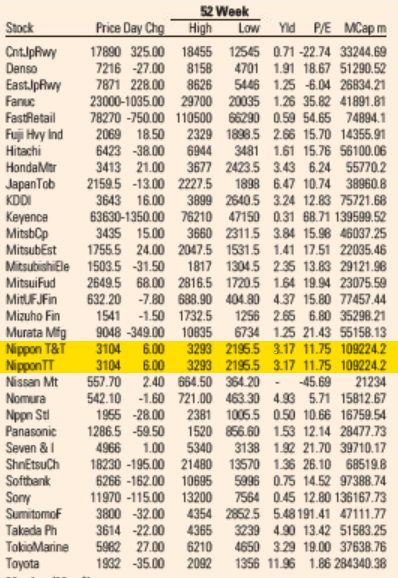
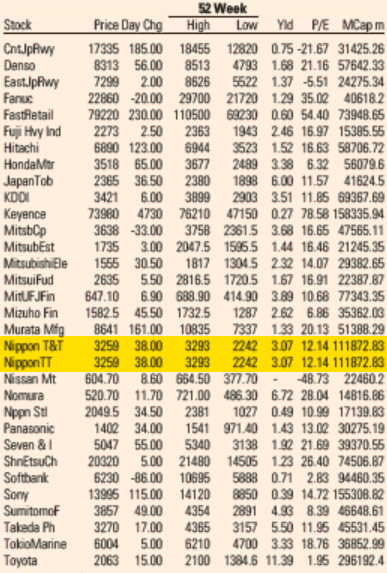
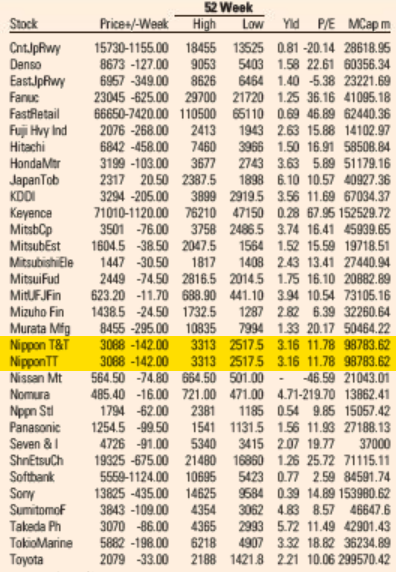
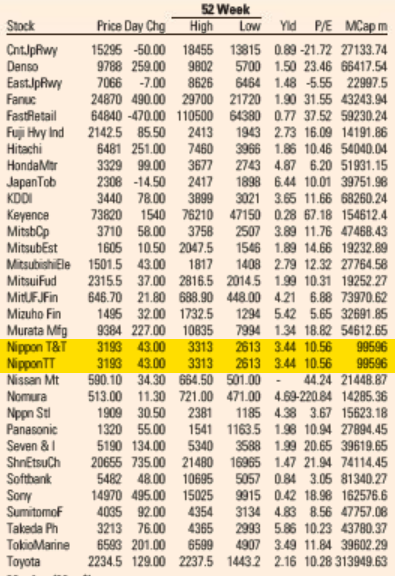
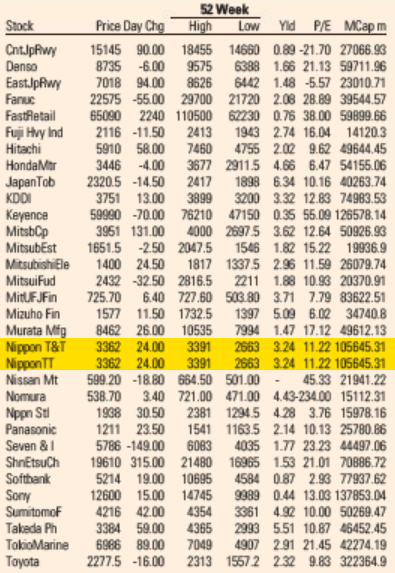





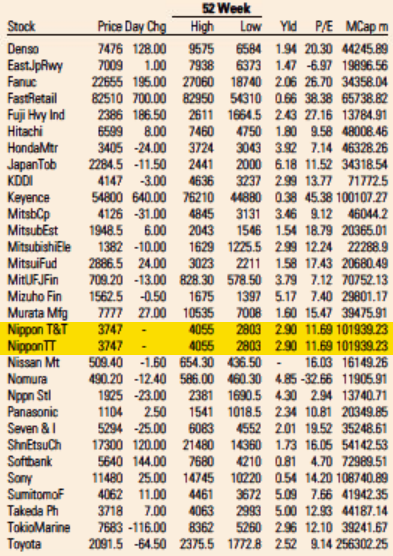
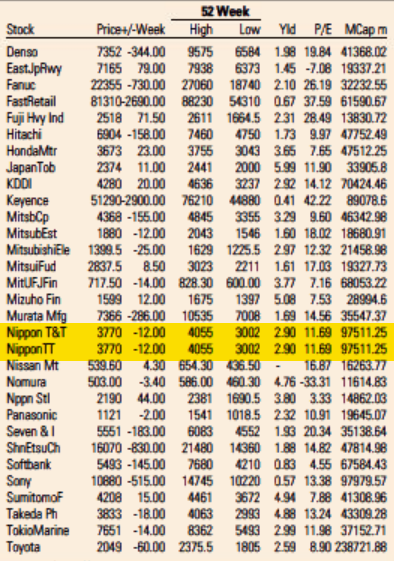
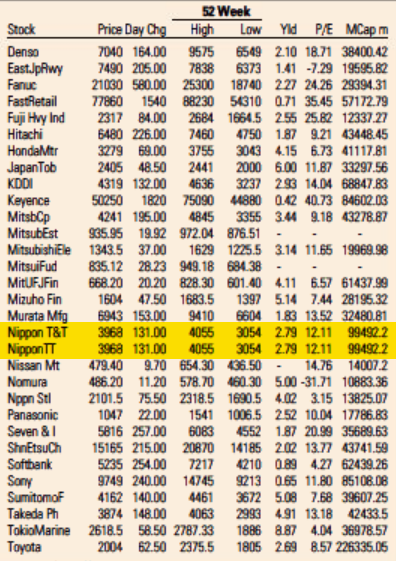
Should online communities require people to create accounts before participating?
This question has been a source of disagreement among people who start or manage online communities for decades. Requiring accounts makes some sense since users contributing without accounts are a common source of vandalism, harassment, and low quality content. In theory, creating an account can deter these kinds of attacks while still making it pretty quick and easy for newcomers to join. Also, an account requirement seems unlikely to affect contributors who already have accounts and are typically the source of most valuable contributions. Creating accounts might even help community members build deeper relationships and commitments to the group in ways that lead them to stick around longer and contribute more.
In a new paper published in Communication Research, I worked with Aaron Shaw provide an answer. We analyze data from “natural experiments” that occurred when 136 wikis on Fandom.com started requiring user accounts. Although we find strong evidence that the account requirements deterred low quality contributions, this came at a substantial (and usually hidden) cost: a much larger decrease in high quality contributions. Surprisingly, the cost includes “lost” contributions from community members who had accounts already, but whose activity appears to have been catalyzed by the (often low quality) contributions from those without accounts.
A version of this post was first posted on the Community Data Science blog.
The full citation for the paper is: Hill, Benjamin Mako, and Aaron Shaw. 2020. “The Hidden Costs of Requiring Accounts: Quasi-Experimental Evidence from Peer Production.” Communication Research, 48 (6): 771–95. https://doi.org/10.1177/0093650220910345.
If you do not have access to the paywalled journal, please check out this pre-print or get in touch with us. We have also released replication materials for the paper, including all the data and code used to conduct the analysis and compile the paper itself.
Ever considered doing research about online communities, free culture/software, and peer production full time? It’s PhD admission season and my research group—the Community Data Science Collective—is doing an open-to-anyone Q&A about PhD admissions this Friday November 5th. We’ve got room in the session and its not too late to sign up to join us!
The session will be a good opportunity to hear from and talk to faculty recruiting students to our various programs at the University of Washington, Purdue, and Northwestern and to talk with current and previous students in the group.
I am hoping to admit at least one new PhD advisee to the Department of Communication at UW this year (maybe more) and am currently co-advising (and/or have previously co-advised) students in UW’s Allen School of Computer Science & Engineering, Department of Human-Centered Design & Engineering, and Information School.
One thing to keep in mind is that my primary/home department—Communication—has a deadline for PhD applications of November 15th this year.
The registration deadline for the Q&A session is listed as today but we’ll do what we can to sneak you in even if you register late. That said, please do register ASAP so we can get you the link to the session!
I first started using Debian sometime in the mid 90s and started contributing as a developer and package maintainer more than two decades years ago. My first very first scholarly publication, collaborative work led by Martin Michlmayr that I did when I was still an undergrad at Hampshire College, was about quality and the reliance on individuals in Debian. To this day, many of my closest friends are people I first met through Debian. I met many of them at Debian’s annual conference DebConf.
Given my strong connections to Debian, I find it somewhat surprising that although all of my academic research has focused on peer production, free culture, and free software, I haven’t actually published any Debian related research since that first paper with Martin in 2003!
So it felt like coming full circle when, several days ago, I was able to sit in the virtual DebConf audience and watch two of my graduate student advisees—Kaylea Champion and Wm Salt Hale—present their research about Debian at DebConf21.
Salt presented his masters thesis work which tried to understand the social dynamics behind organizational resilience among free software projects. Kaylea presented her work on a new technique she developed to identifying at risk software packages that are lower quality than we might hope given their popularity (you can read more about Kaylea’s project in our blog post from earlier this year).
If you missed either presentation, check out the blog post my research collective put up or watch the videos below. If you want to hear about new work we’re doing—including work on Debian—you should follow our research group blog, and/or follow or engage with us in the Fediverse (@communitydata@social.coop), or on Twitter (@comdatasci).
And if you’re interested in joining us—perhaps to do more research on FLOSS and/or Debian and/or a graduate degree of your own?—please be in touch with me directly!
In exciting professional news, it was recently announced that I got an National Science Foundation CAREER award! The CAREER is the US NSF’s most prestigious award for early-career faculty. In addition to the recognition, the award involves a bunch of money for me to put toward my research over the next 5 years. The Department of Communication at the University of Washington has put up a very nice web page announcing the thing. It’s all very exciting and a huge honor. I’m very humbled.
The grant will support a bunch of new research to develop and test a theory about the relationship between governance and online community lifecycles. If you’ve been reading this blog for a while, you’ll know that I’ve been involved in a bunch of research to describe how peer production communities tend to follow common patterns of growth and decline as well as a studies that show that many open communities become increasingly closed in ways that deter lots of the kinds contributions that made the communities successful in the first place.
Over the last few years, I’ve worked with Aaron Shaw to develop the outlines of an explanation for why many communities because increasingly closed over time in ways that hurt their ability to integrate contributions from newcomers. Over the course of the work on the CAREER, I’ll be continuing that project with Aaron and I’ll also be working to test that explanation empirically and to develop new strategies about what online communities can do as a result.
In addition to supporting research, the grant will support a bunch of new outreach and community building within the Community Data Science Collective. In particular, I’m planning to use the grant to do a better job of building relationships with community participants, community managers, and others in the platforms we study. I’m also hoping to use the resources to help the CDSC do a better job of sharing our stuff out in ways that are useful as well doing a better job of listening and learning from the communities that our research seeks to inform.
There are many to thank. The proposed work was the direct research of the work I did as the Center for Advanced Studies in the Behavioral Sciences at Stanford where I got to spend the 2018-2019 academic year in Claude Shannon’s old office and talking through these ideas with an incredible range of other scholars over lunch every day. It’s also the product of years of conversations with Aaron Shaw and Yochai Benkler. The proposal itself reflects the excellent work of the whole CDSC who did the work that made the award possible and provided me with detailed feedback on the proposal itself.
I wrote this blog post with Kaylea Champion and a version of this post was originally posted on the Community Data Science Collective blog.
Critical software we all rely on can silently crumble away beneath us. Unfortunately, we often don’t find out software infrastructure is in poor condition until it is too late. Over the last year or so, I have been supporting Kaylea Champion on a project my group announced earlier to measure software underproduction—a term we use to describe software that is low in quality but high in importance.
Underproduction reflects an important type of risk in widely used free/libre open source software (FLOSS) because participants often choose their own projects and tasks. Because FLOSS contributors work as volunteers and choose what they work on, important projects aren’t always the ones to which FLOSS developers devote the most attention. Even when developers want to work on important projects, relative neglect among important projects is often difficult for FLOSS contributors to see.
Given all this, what can we do to detect problems in FLOSS infrastructure before major failures occur? Kaylea Champion and I recently published a paper laying out our new method for measuring underproduction at the IEEE International Conference on Software Analysis, Evolution and Reengineering (SANER) 2021 that we believe provides one important answer to this question.
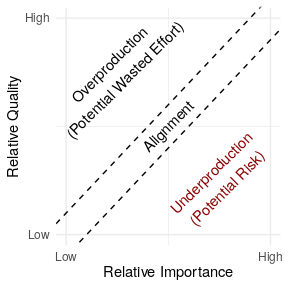
In the paper, we describe a general approach for detecting “underproduced” software infrastructure that consists of five steps: (1) identifying a body of digital infrastructure (like a code repository); (2) identifying a measure of quality (like the time to takes to fix bugs); (3) identifying a measure of importance (like install base); (4) specifying a hypothesized relationship linking quality and importance if quality and importance are in perfect alignment; and (5) quantifying deviation from this theoretical baseline to find relative underproduction.
To show how our method works in practice, we applied the technique to an important collection of FLOSS infrastructure: 21,902 packages in the Debian GNU/Linux distribution. Although there are many ways to measure quality, we used a measure of how quickly Debian maintainers have historically dealt with 461,656 bugs that have been filed over the last three decades. To measure importance, we used data from Debian’s Popularity Contest opt-in survey. After some statistical machinations that are documented in our paper, the result was an estimate of relative underproduction for the 21,902 packages in Debian we looked at.
One of our key findings is that underproduction is very common in Debian. By our estimates, at least 4,327 packages in Debian are underproduced. As you can see in the list of the “most underproduced” packages—again, as estimated using just one more measure—many of the most at risk packages are associated with the desktop and windowing environments where there are many users but also many extremely tricky integration-related bugs.
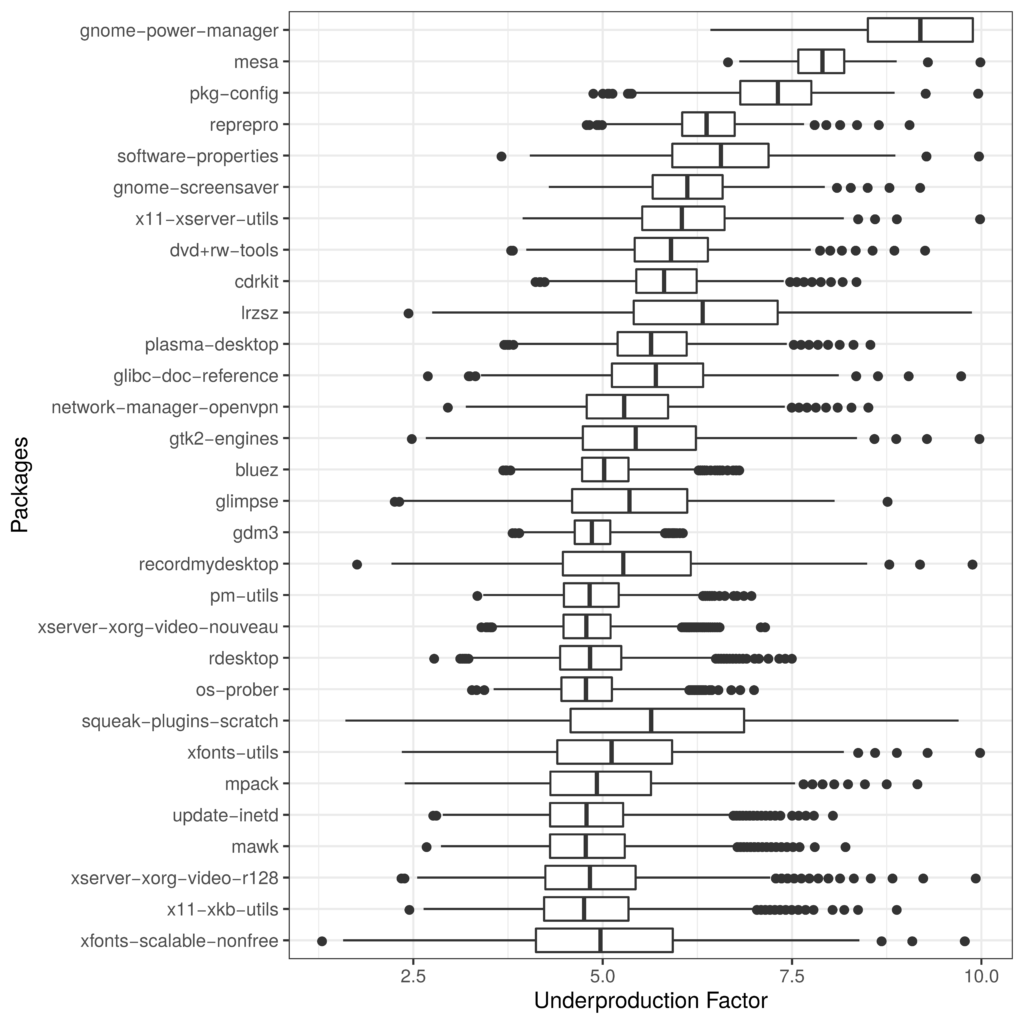
We hope these results are useful to folks at Debian and the Debian QA team. We also hope that the basic method we’ve laid out is something that others will build off in other contexts and apply to other software repositories.
In addition to the paper itself and the video of the conference presentation on Youtube by Kaylea, we’ve put a repository with all our code and data in an archival repository Harvard Dataverse and we’d love to work with others interested in applying our approach in other software ecosytems.
For more details, check out the full paper which is available as a freely accessible preprint.
This project was supported by the Ford/Sloan Digital Infrastructure Initiative. Wm Salt Hale of the Community Data Science Collective and Debian Developers Paul Wise and Don Armstrong provided valuable assistance in accessing and interpreting Debian bug data. René Just generously provided insight and feedback on the manuscript.
Paper Citation: Kaylea Champion and Benjamin Mako Hill. 2021. “Underproduction: An Approach for Measuring Risk in Open Source Software.” In Proceedings of the IEEE International Conference on Software Analysis, Evolution and Reengineering (SANER 2021). IEEE.
Contact Kaylea Champion (kaylea@uw.edu) with any questions or if you are interested in following up.
I served as a director and as a voting member of the Free Software Foundation for more than a decade. I left both positions over the last 18 months and currently have no formal authority in the organization.
So although it is now just my personal opinion, I will publicly add my voice to the chorus of people who are expressing their strong opposition to Richard Stallman’s return to leadership in the FSF and to his continued leadership in the free software movement. The current situation makes me unbelievably sad.
I stuck around the FSF for a long time (maybe too long) and worked hard (I regret I didn’t accomplish more) to try and make the FSF better because I believe that it is important to have voices advocating for social justice inside our movement’s most important institutions. I believe this is especially true when one is unhappy with the existing state of affairs. I am frustrated and sad that I concluded that I could no longer be part of any process of organizational growth and transformation at FSF.
I have nothing but compassion, empathy, and gratitude for those who are still at the FSF—especially the staff—who are continuing to work silently toward making the FSF better under intense public pressure. I still hope that the FSF will emerge from this as a better organization.
In May 2019, my research group was invited to give short remarks on the impact of Janet Fulk and Peter Monge at the International Communication Association‘s annual meeting as part of a session called “Igniting a TON (Technology, Organizing, and Networks) of Insights: Recognizing the Contributions of Janet Fulk and Peter Monge in Shaping the Future of Communication Research.”
I gave a five-minute talk on Janet and Peter’s impact to the work of the Community Data Science Collective by unpacking some of the cryptic acronyms on the CDSC-UW lab’s whiteboard as well as explaining that our group has a home in the academic field of communication, in no small part, because of the pioneering scholarship of Janet and Peter. You can view the talk in WebM or on Youtube.
[This blog post was first published on the Community Data Science Collective blog.]

I found what appears to be a “turtile” on the whiteboard in the Community Data Science lab at the University of Washington.
[See previous discussion for context.]
Both this blog post and the paper it describes are collaborative work led by Charles Kiene with Jialun “Aaron” Jiang.
Introducing new technology into a work place is often disruptive, but what if your work was also completely mediated by technology? This is exactly the case for the teams of volunteer moderators who work to regulate content and protect online communities from harm. What happens when the social media platforms these communities rely on change completely? How do moderation teams overcome the challenges caused by new technological environments? How do they do so while managing a “brand new” community with tens of thousands of users?
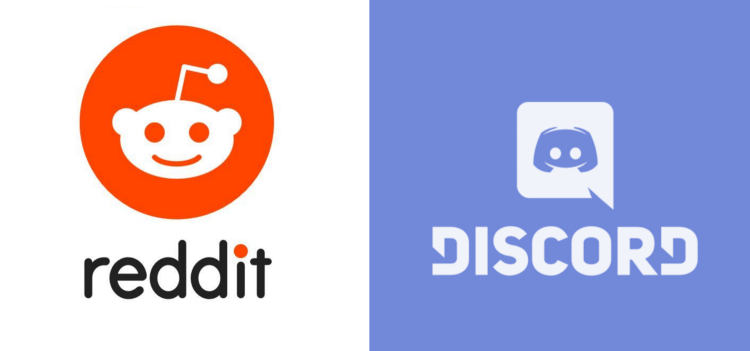
For a new study that will be published in CSCW in November, we interviewed 14 moderators of 8 “subreddit” communities from the social media aggregation and discussion platform Reddit to answer these questions. We chose these communities because each community had recently adopted the real-time chat platform Discord to support real-time chat in their community. This expansion into Discord introduced a range of challenges—especially for the moderation teams of large communities.
We found that moderation teams of large communities improvised their own creative solutions to challenges they faced by building bots on top of Discord’s API. This was not too shocking given that APIs and bots are frequently cited as tools that allow innovation and experimentation when scaling up digital work. What did surprise us, however, was how important moderators’ past experiences were in guiding the way they used bots. In the largest communities that faced the biggest challenges, moderators relied on bots to reproduce the tools they had used on Reddit. The moderators would often go so far as to give their bots the names of moderator tools available on Reddit. Our findings suggest that support for user-driven innovation is important not only in that it allows users to explore new technological possibilities but also in that it allows users to mine their past experiences to introduce old systems into new environments.
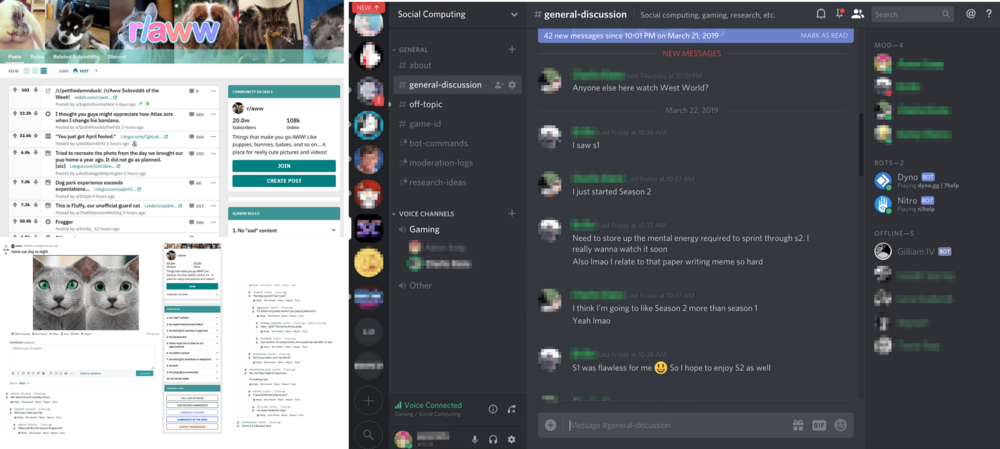
Discord’s text channels allow for more natural, in the moment conversations compared to Reddit. In Discord, this social aspect also made moderation work much more difficult. One moderator explained:
“It’s kind of rough because if you miss it, it’s really hard to go back to something that happened eight hours ago and the conversation moved on and be like ‘hey, don’t do that.’ ”
Moderators we spoke to found that the work of managing their communities was made even more difficult by their community’s size:
On the day to day of running 65,000 people, it’s literally like running a small city…We have people that are actively online and chatting that are larger than a city…So it’s like, that’s a lot to actually keep track of and run and manage.”
The moderators of large communities repeatedly told us that the tools provided to moderators on Discord were insufficient. For example, they pointed out tools like Discord’s Audit Log was inadequate for keeping track of the tens of thousands of members of their communities. Discord also lacks automated moderation tools like the Reddit’s Automoderator and Modmail leaving moderators on Discord with few tools to scale their work and manage communications with community members.
The moderation teams we talked with adapted to these challenges through innovative uses of Discord’s API toolkit. Like many social media platforms, Discord offers a public API where users can develop apps that interact with the platform through a Discord “bot.” We found that these bots play a critical role in helping moderation teams manage Discord communities with large populations.
Guided by their experience with using tools like Automoderator on Reddit, moderators working on Discord built bots with similar functionality to solve the problems associated with scaled content and Discord’s fast-paced chat affordances. This bots would search for regular expressions and URLs that go against the community’s rules:
“It makes it so that rather than having to watch every single channel all of the time for this sort of thing or rely on users to tell us when someone is basically running amuck, posting derogatory terms and terrible things that Discord wouldn’t catch itself…so it makes it that we don’t have to watch every channel.”
Bots were also used to replace Discord’s Audit Log feature with what moderators referred to often as “Mod logs”—another term borrowed from Reddit. Moderators will send commands to a bot like “!warn username” to store information such as when a member of their community has been warned for breaking a rule and automatically store this information in a private text channel in Discord. This information helps organize information about community members, and it can be instantly recalled with another command to the bot to help inform future moderation actions against other community members.
Finally, moderators also used Discord’s API to develop bots that functioned virtually identically to Reddit’s Modmail tool. Moderators are limited in their availability to answer questions from members of their community, but tools like the “Modmail” helps moderation teams manage this problem by mediating communication to community members with a bot:
“So instead of having somebody DM a moderator specifically and then having to talk…indirectly with the team, a [text] channel is made for that specific question and everybody can see that and comment on that. And then whoever’s online responds to the community member through the bot, but everybody else is able to see what is being responded.”
The tools created with Discord’s API — customizable automated content moderation, Mod logs, and a Modmail system — all resembled moderation tools on Reddit. They even bear their names! Over and over, we found that moderation teams essentially created and used bots to transform aspects of Discord, like text channels into Mod logs and Mod Mail, to resemble the same tools they were using to moderate their communities on Reddit.
We think that the experience of moderators we interviewed points to a potentially important underlooked source of value for groups navigating technological change: the potent combination of users’ past experience combined with their ability to redesign and reconfigure their technological environments. Our work suggests the value of innovation platforms like APIs and bots is not only that they allow the discovery of “new” things. Our work suggests that these systems value also flows from the fact that they allow the re-creation of the the things that communities already know can solve their problems and that they already know how to use.
For more details, check out check out the full 23 page paper. The work will be presented in Austin, Texas at the ACM Conference on Computer-supported Cooperative Work and Social Computing (CSCW’19) in November 2019. The work was supported by the National Science Foundation (awards IIS-1617129 and IIS-1617468). If you have questions or comments about this study, contact Charles Kiene at ckiene [at] uw [dot] edu.
Mika and I recently spent two weeks biking home to Seattle from our year in Palo Alto. The route was ~1400 kilometers and took us past 10 volcanoes and 4 hot springs.

To my delight, the route also took us past at least 8 hairdressers with supposedly funny pun names! Plus two in Oakland on our way out.










As a result of this trip, I’ve now made 24 contributions to the Hairdressers with Supposedly Funny Pun Names Flickr group photo pool.